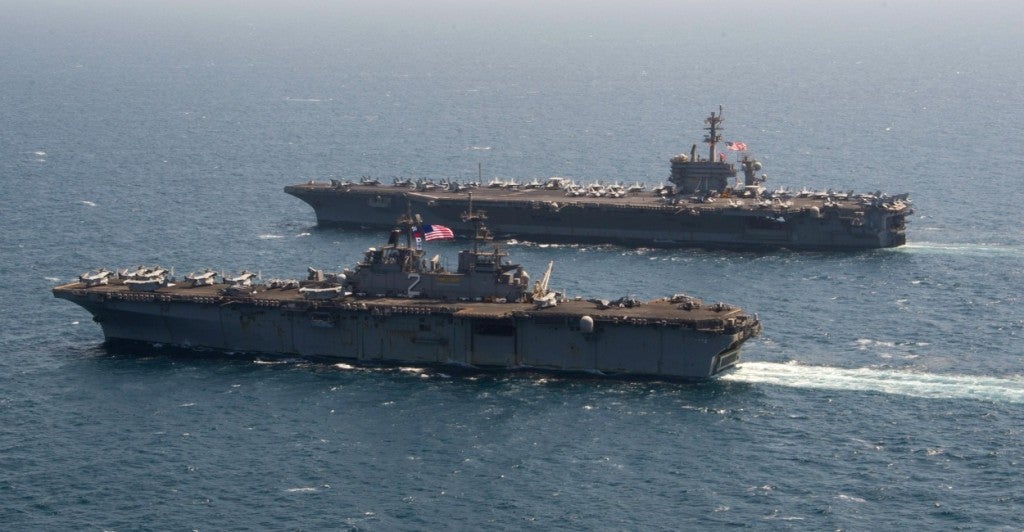Last week, in another defense of the current approach to defeat ISIS, President Barack Obama reemphasized that we are “hitting ISIL harder than ever.” The U.S. and its coalition partners have increased the pace of airstrikes- totaling nearly 9,000 since the start of the engagement. In absolute terms we may be hitting them harder, but putting this figure in context suggests that we are not hitting them hard enough.
As of Dec. 9th, coalition partners had conducted 8,783 airstrikes in Iraq and Syria, of which the U.S. was responsible for 6,846. While this may seem a large number relative to that of our smaller coalition partners, the frequency of U.S. airstrikes pales in comparison to that of historical campaigns. Since the first U.S. airstrike in Iraq on August 8th, 2014, the coalition has averaged 18 strikes per day. In comparison, the 1991 campaign against Saddam Hussein’s forces averaged nearly 1,000.
While the administration cites discretion and concern for civilian safety as the limiting factor, the U.S. is also hamstrung by decreased capacity. Before its departure in early October the USS Theodore Roosevelt was responsible for 1,812 combat sorties, nearly a quarter of the total coalition strikes flown at that time. The carrier’s departure marked the first time in nearly a decade that the U.S. has not had a carrier presence in the Middle East.
After passing through the Suez Canal this week, the Roosevelt’s relief is due to arrive in the Persian Gulf around Christmas. Now, and in the future, the absence of a carrier presence in the Middle East will have negative consequences for the intensity and effectiveness of U.S. air campaigns and other military operations around the world. The U.S. needs to rebuild its military, and close these gaps.
